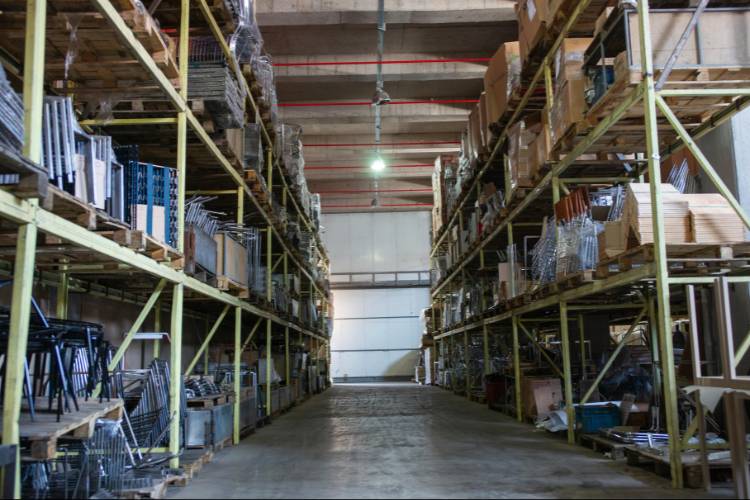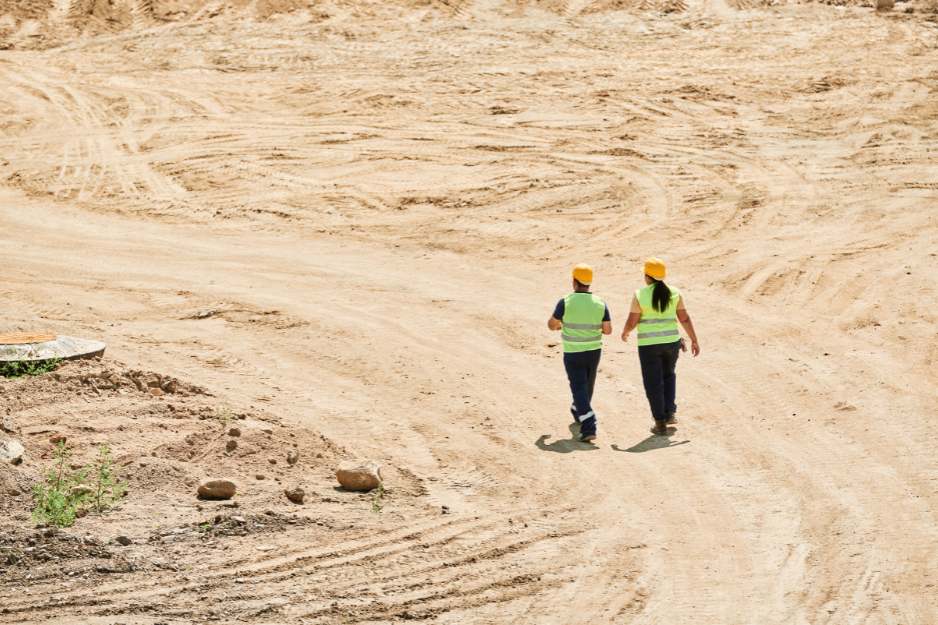The subcontractor closeout process is a crucial step that marks the completion of a project in commercial construction. However, it can often be a complex and time-consuming phase, involving numerous documents, approvals, and last-minute tasks. For subcontractors, managing this process efficiently is key to submitting timely payments and maintaining strong relationships with general contractors. The good news? Leveraging the right technology can make the closeout process faster and more streamlined, saving time and reducing stress.
In this blog post, we’ll explore the best technology tools available to expedite your closeout process, share practical strategies from industry experts, and highlight why a proactive approach from the start can make all the difference.
Table of Contents
Why the Closeout Process Matters
The closeout process is more than just wrapping up the final paperwork—it’s the important final step that determines the project’s overall success and the foundation for future relationships. This is typically the last opportunity to ensure all contractual obligations are fulfilled, every deliverable is handed over, and any remaining issues are resolved. A smooth and efficient closeout process not only demonstrates a subcontractor’s professionalism and attention to detail but also reinforces their reliability and commitment to quality, which can significantly enhance their reputation within the industry.
For subcontractors, a well-executed closeout can be a powerful illustration of their ability to deliver on promises, often leading to repeat business, positive referrals, and a strong network of trusted partnerships. On the flip side, a poorly managed closeout can have long-lasting negative effects. Delays, overlooked tasks, incomplete documentation, or unresolved issues can result in disputes over payments, potential legal conflicts, and strained relationships with GCs and clients. This can damage a subcontractor’s standing and lessen their chances for future projects. In a competitive market, where trust and reliability are key, the closeout phase is as much about protecting your reputation and building long-term relationships as it is about closing the current project.
Key Challenges in the Closeout Process
Several challenges can complicate the closeout process, including:
- Document Management: Keeping track of numerous documents like warranties, as-built drawings, and compliance certificates can be overwhelming
- Change Orders: Managing change orders and ensuring they are accurately reflected in the final documentation can delay closeouts
- Communication Gaps: Miscommunication between subcontractors and GCs can result in misunderstandings and delays
- Incomplete Information: Missing or incomplete documentation can cause project delays and payment issues
Top Technologies for Faster Closeouts
To handle these challenges and make things easier, many construction professionals are now using technology to simplify the closeout process. These tools help improve the closeout process by allowing subcontractors and project managers to automate tasks, keep track of documents, and communicate better with general contractors and other team members. Here are some of the best tools available to speed up the closeout process and ensure everything goes smoothly:
1. Raken
Raken is a project management tool allows subcontractors to keep a bird’s-eye view of their project by tracking all necessary documents, coordinating with team members, and compiling reports that are easy to share with project stakeholders.
2. Monday.com
Monday.com offers customizable templates for project tracking, task management, and document organization, making it easier to manage the myriad of tasks involved in the closeout process.
3. StructionSite
StructionSite is a tool that leverages 360-degree cameras to document site conditions and tie these images directly to the project floor plan.
Expert Tips for a Smoother Closeout Process
1. Set Expectations Early
One of the best ways to ensure a smooth closeout is to set clear expectations at the very beginning of the project. Kyle Follett, VP of Finance for Sparr Envelope, advises getting the right people in the room before finalizing contracts to ensure transparency around all expectations. This proactive step can help prevent misunderstandings and ensure that everyone is on the same page regarding the closeout process.
2. Use Contractual Guidelines
Incorporating specific guidelines into contracts can help streamline the closeout process. For example, one subcontractor recommends including a clause that requires all change orders to be processed within the same month the work is completed. This helps to keep the project moving smoothly and prevents delays caused by unresolved change orders.
3. Plan for Document Lead Times
Some documents, like warranties and compliance certificates, may take longer to obtain due to manufacturer lead times or administrative processes. It’s important to factor these lead times into your overall closeout timeline to avoid last-minute delays.
4. Designate a Point of Contact
Having a designated point of contact who is responsible for communicating with the GC can help ensure consistent and clear communication throughout the project. This can prevent misunderstandings and ensure that any issues are quickly addressed, reducing the risk of delays during the closeout process.
5. Conduct Regular Walkthroughs
Regular site walkthroughs can help identify potential issues that may not be covered in the standard closeout checklist. This proactive approach allows you to address any problems early on and ensures that nothing slips through the cracks.
6. Iterate and Improve Your Process
Continuously refining and improving your closeout process can help make it more efficient over time. One subcontractor suggests making small tweaks to improve the presentation and organization of your closeout documents, which can add up to a more professional and streamlined process.
How to Build Stronger Relationships with GCs Through Better Closeouts
A well-executed closeout process can not only mean more timely payments but also builds trust and strengthens relationships with GCs. Here are a few additional tips:
- Communicate Clearly: Don’t be afraid to ask the GC clarifying questions about what they want from you. Clear communication can prevent misunderstandings and ensure that both parties are aligned.
- Be Proactive: Establish the required closeout documentation early in the project and communicate any changes promptly.
- Show Appreciation: Consider small gestures, like sending thank-you notes or gifts, to show appreciation for the GC’s cooperation throughout the project. These gestures can help build goodwill and make future collaborations smoother.
Conclusion
A streamlined closeout process is essential for the success of any construction project. By leveraging the right technology, setting clear expectations, and maintaining strong communication with GCs, subcontractors can ensure a faster and more efficient closeout process. Not only will this lead to timely payments, but it will also help build strong relationships with GCs, paving the way for future opportunities. Remember to stay proactive, refine your processes continually, and use technology to your advantage to make your closeout process as smooth as possible.





